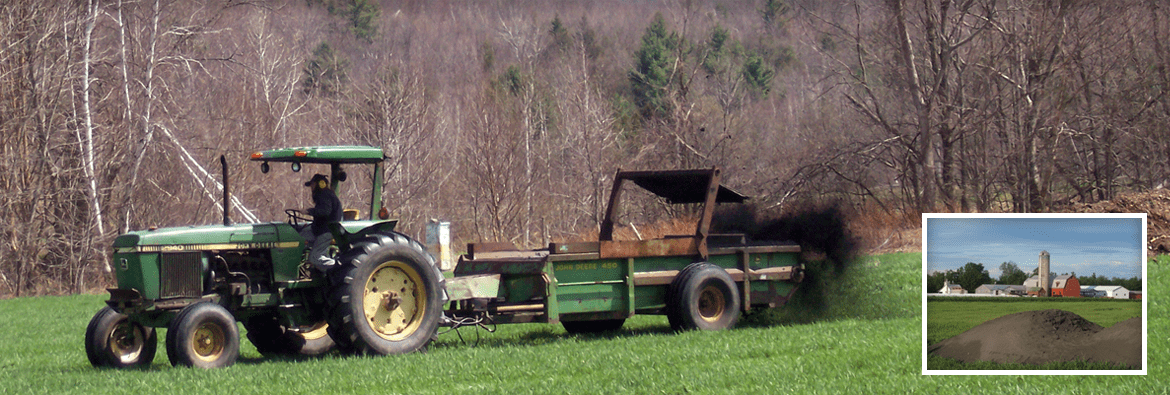
What is in Wood Ash?
Wood Ash is the by-product of biomass incinerators that are used to produce electricity. In order to be used as a soil amendment, the fuel source must be clean wood, it cannot include any treated, painted, or otherwise contaminated wood products. The largest component of Wood Ash (about 25 percent) is calcium carbonate, a common liming material that increases soil alkalinity. Wood Ash has a very fine particle size, so it reacts rapidly and completely in the soil. Although Wood Ash does contain small amounts of nutrients, the main effect is that of a liming agent.
What is the fertilizer value of Wood Ash?
Generally, Wood Ash contains less than 10 percent potash, 1 percent phosphate and trace amounts of micro-nutrients such as iron, manganese, boron, copper and zinc. The fertilizer value varies somewhat with the species of wood being used. Trace amounts of heavy metals such as lead, cadmium, nickel and chromium also may be present. Wood ash does not contain nitrogen.
How does Wood Ash help plant nutrition?
Wood Ash increases the alkalinity of the soil to beneficially affect plant nutrition. Nutrients are most readily available to plants when the soil is slightly acidic. As soil alkalinity increases and the pH rises above 7.0, nutrients such as phosphorus, iron, boron, manganese, copper, zinc and potassium become chemically tied to the soil and less available for plant use.
How do I know if my soil needs Wood Ash?
Acidic soils (pH less than 5.5) will likely be improved by the addition of Wood Ash. Soils that are slightly acidic (pH 6.0 to 6.5) will not be harmed by an application of 3 wet tons to the acre. If you don’t know your soil’s acidity or alkalinity level, have it tested for pH.
Does Wood Ash work better with some crops than others?
Crop tolerance to alkaline soil should definitely be considered. Some plants, such as asparagus and juniper, are more tolerant of slightly alkaline conditions than “acid-loving” plants, such as potatoes, rhododendrons and blueberries. Wood ash should never be used on acid-loving plants.
Is Wood Ash the same as agricultural lime?
Calcium is the most abundant element in Wood Ash and gives it properties that are similar to agricultural lime. Wood Ash is also a good source of potassium, phosphorus, magnesium, and aluminum. In terms of commercial fertilizer, Wood Ash has on average a 0-0-1.7 N-P-K. In addition to these macronutrients, Wood Ash is also a good source of many micronutrients that are needed in trace amounts for adequate plant growth. Wood Ash contains few elements that pose environmental problems. Heavy metal concentrations are typically low and not in a highly extractable or available form.
Is Wood Ash safe to use?
Field and greenhouse research have confirmed the safety and practicality of applying Wood Ash to agricultural lands. Wood Ash has a liming effect about 30% (on a wet weight basis) of the total neutralizing power of lime.
How do I spread Wood Ash?
Wood Ash can be spread using conventional agricultural equipment. It can be spread using a manure spreader or lime spreader.
How is Wood Ash delivered?
Resource Management, Inc. only deals in bulk orders. This means that all Wood Ash is delivered by tractor trailer load. Load sizes can vary between 20 and 30 wet tons depending on the trailer, but all deliveries require tractor trailer access, including a large flat area sufficient for the truck to turn around and safely off- load the order.